Interior doors come in a variety of configurations to suit different needs and preferences. The most basic type of interior door is the single swinging door, while double doors are two doors often used for larger openings.
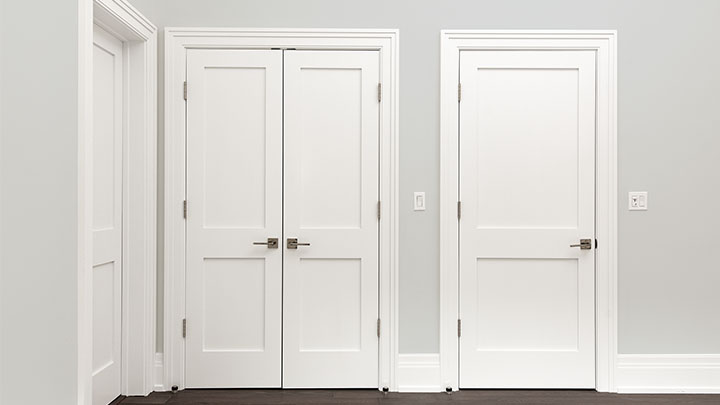
Doors can also come with sidelites or transoms, which are pieces of glass or narrow panels that run along the sides or above the door, allowing for additional light to enter a room.
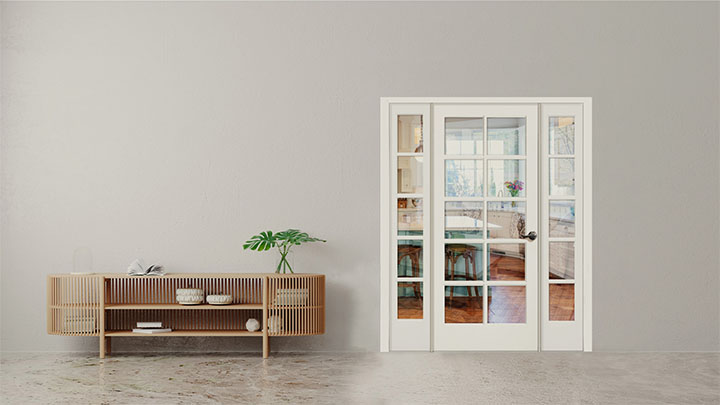
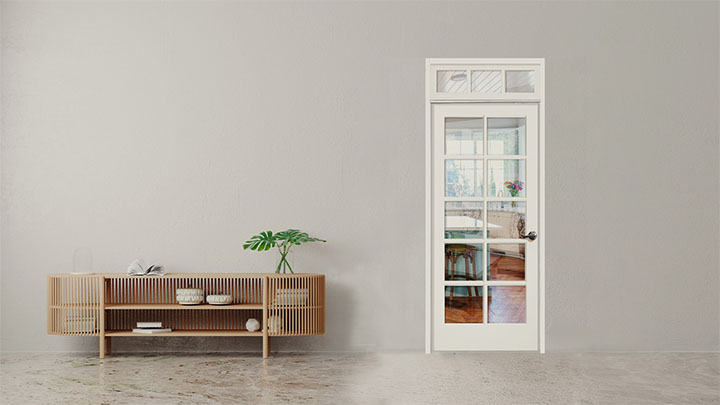
Bifold doors can be set up or knocked down, and they fold in half to save space when opening. Bypass doors slide open on a track, allowing for full access to the contents and can come with standard or heavy-duty hardware.
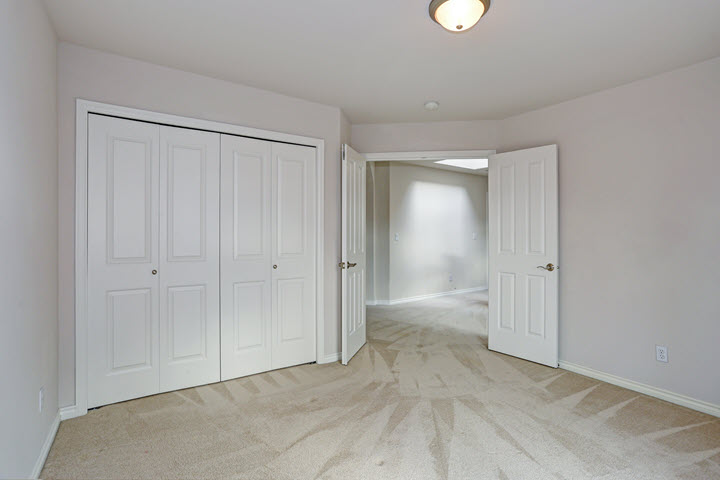
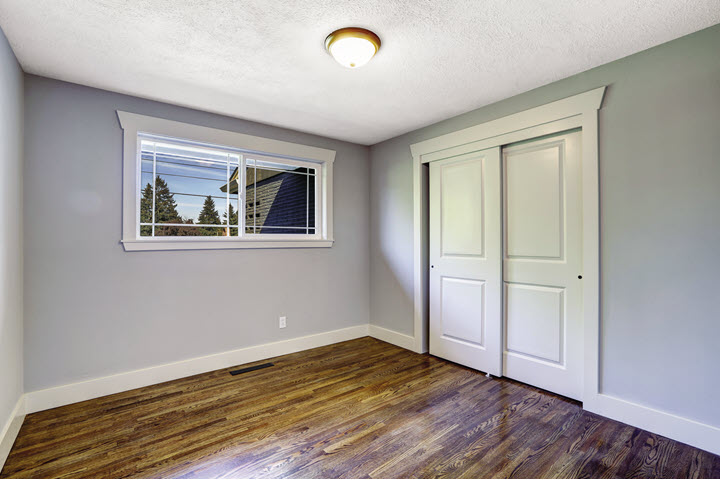
One common type of interior door is the stile and rail door, which is constructed from stiles and rails with a panel in the middle. Another type is a molded door, which can have either a hollow core and solid core options. One popular style is the panel door, which can have either a flat or raised panel design. Another classic style is the French door, which features glass panels and can be found in various types such as clear, frit, bevel, or decorative glass.
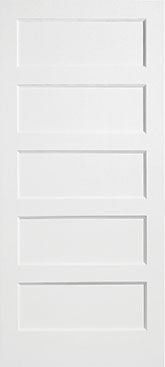
Stile and Rail Door with Flat Panel
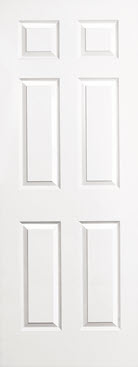
Molded Door with Raised Panel
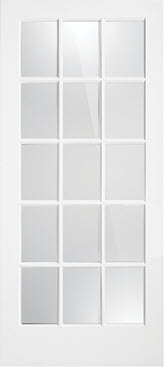
French Door
The louver door features overlapping horizontal slats that allow for air flow, making it a popular choice for closets or laundry rooms. The barn door style is a unique and stylish option with either a K or Z pattern. The contemporary door style is characterized by clean lines and a minimalist design, offering a sleek and modern appearance that complements many modern home styles.

Louver Door
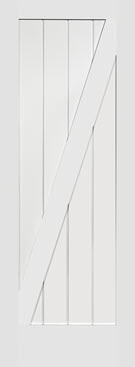
Barn Door
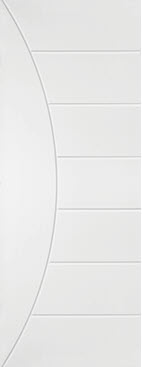
Contemporary Door
The width of an interior door can vary depending on its intended use. Skinny doors, with widths less than 22 inches, can lead to changes in style as the door size decreases.

PR44 Skinny
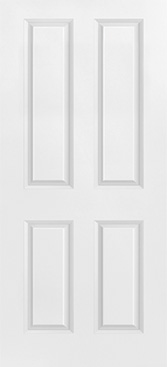
PR44 Standard

PR8720 Skinny
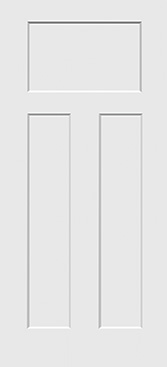
PR8720 Standard
Primed finger jointed jambs are a cost-effective option that can be painted to match the door or room. Veneered wood species or solid wood jambs can match the door’s grain, providing a seamless and cohesive look. The depth of the jamb can range from 3-7/8 inches to 14 inches with wider jambs adding stability.
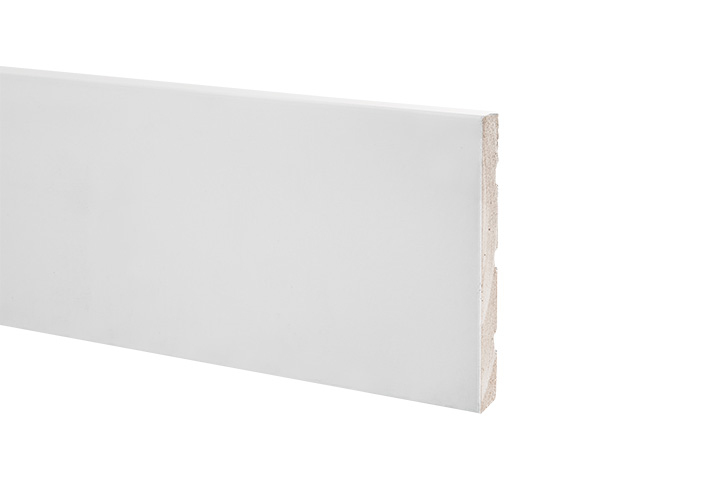
Primed Interior Flat Jamb
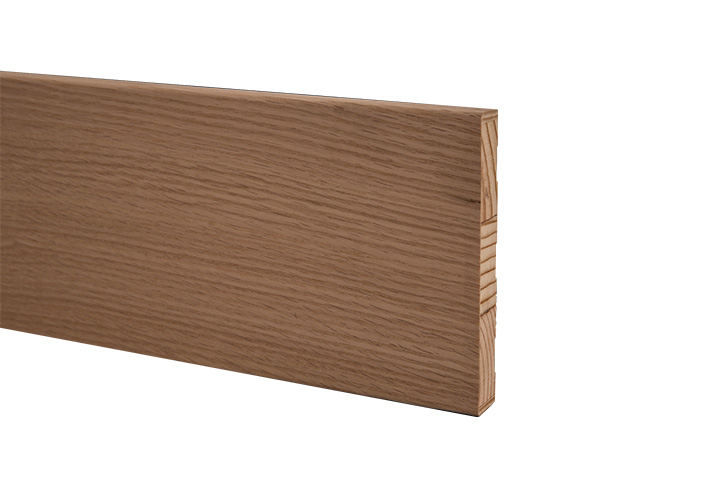
Veneered Interior Flat Jamb
A 4-sided jamb is a good option for units with attics as it provides a finished appearance on all sides.
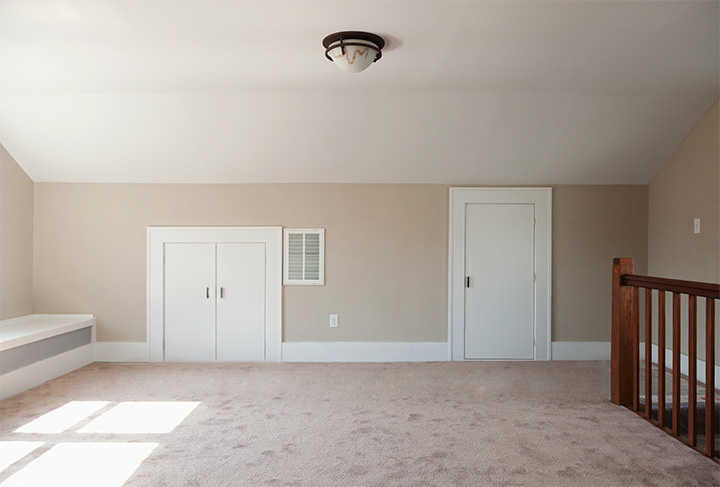
Interior door casing is a trim that covers the gap between the door jamb and the wall, providing a finished appearance to the door opening. The joint between the casing and the jamb can be either a butt joint or a mitered joint, with a mitered joint providing a cleaner, more seamless appearance.
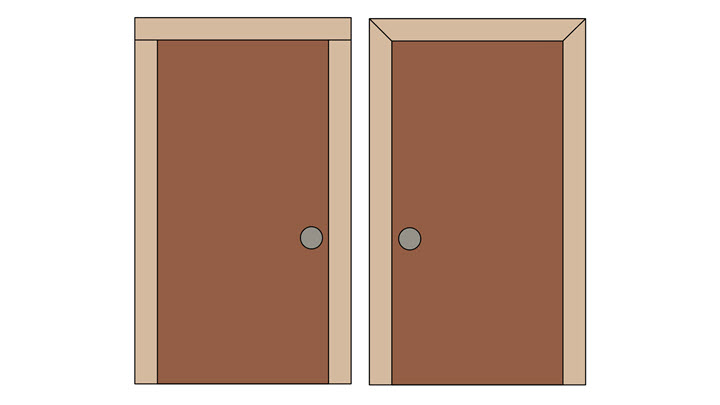
Left: Butt Joint | Right: Miter Joint
Hinges are available in different shapes, including radius and square. For heavier doors, ball bearing hinges are a good recommendation as they provide increased strength and durability.
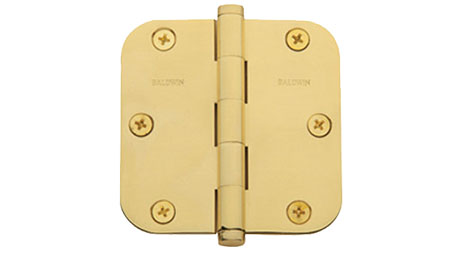
Radius Standard Hinge

Square Ball-Bearing Hinge
Interior door closing options allow the door to close securely and properly. The single bore option is suitable for a passage or entry lock, while the double bore option can accommodate a deadbolt for added security.
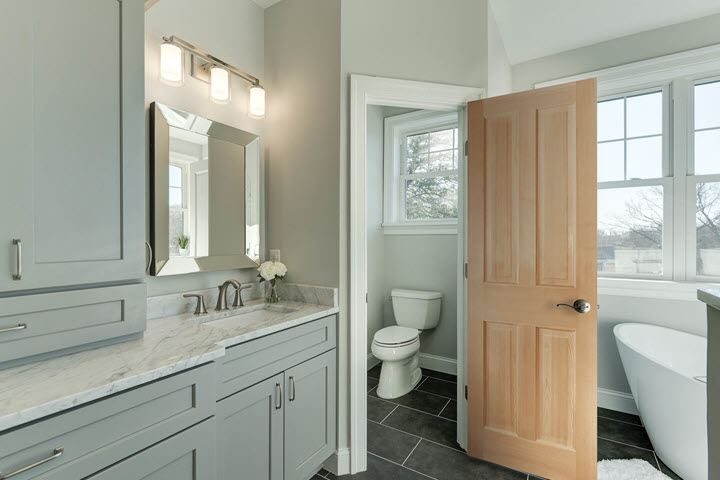
Single Bore
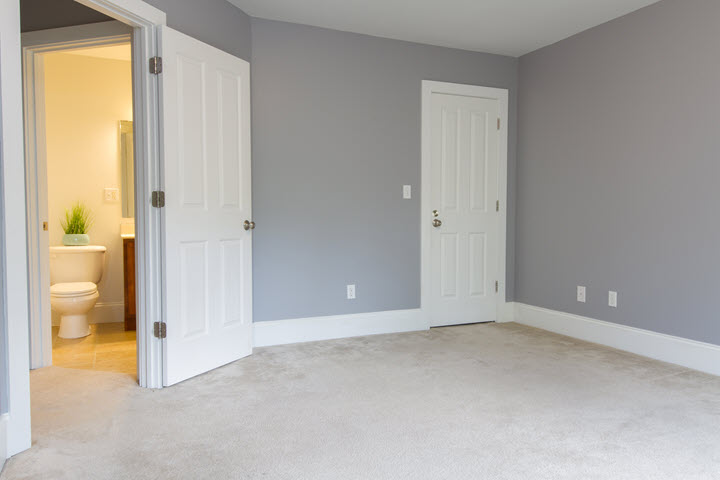
Double Bore
The ball catch is a simple and cost-effective option for closet or cabinet doors, while the surface magnetic catch and roller catch are good options for lightweight doors. The concealed magnetic catch is a more subtle option that is hidden from view and is suitable for doors that need to close quietly.
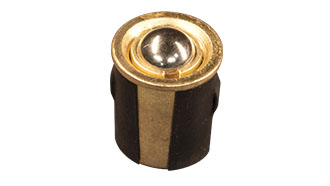
Ball Catch
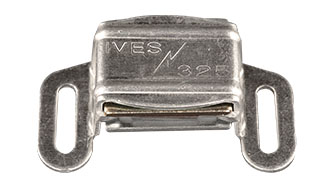
Surface Magnetic Catch

Roller Catch
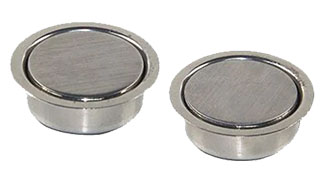
Concealed Magnetic Catch
The handing of a door is determined by standing with your back facing the hinges.
If the door swings towards your left, it’s a left-handed door, if the door swings towards your right, it is a right-handed door.
Handed doors must also identify if the design should go to the hinge or stop side.
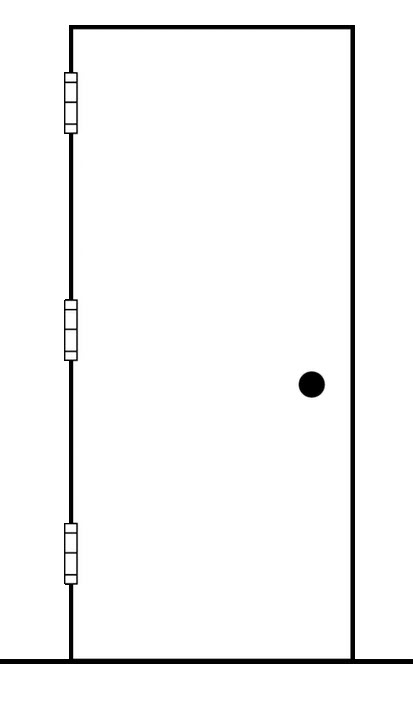
Right-Hand Door
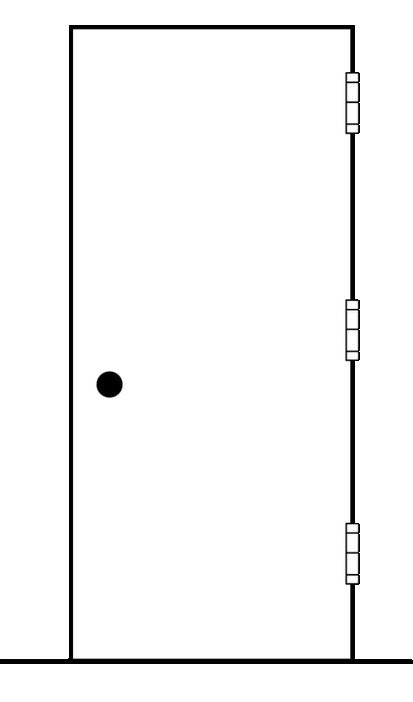
Left-Hand Door
By considering these factors, homeowners can choose an interior door that not only meets their practical needs but also enhances the look of their home.

